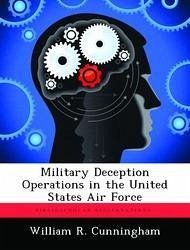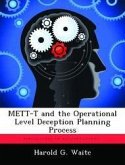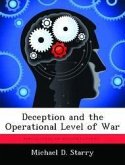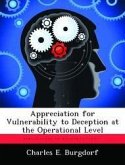The Air Force expanded the scope of its mission in December 2005 by adding the domain of cyberspace and will soon stand up Air Force Cyber (AFCYBER) Command to harness the effects generated in the air, space, and cyberspace domains. This command will be capable of delivering the full spectrum of kinetic and non-kinetic, lethal and non-lethal effects across all three domains.1 In order to accomplish this, the Air Force will have to conduct a wide range of missions both in the physical and cognitive domains of warfare to include all the influence operation missions, specifically military deception (MILDEC) operations. Military deception operations take place in both the physical and cognitive domains and frequently use the electromagnetic spectrum. They also require close integration with air and space operations to achieve maximum effects. Military deception operations and other influence operations missions are not included in the proposed organization of AFCYBER Command. In this paper I highlight the advantages of including military deception operations within AFCYBER Command. The Air Force is in a critical development phase of the new cyber command; a command will extend the Air Forces' global reach and global power into the cyberspace domain. The task of integrating effects from the physical and cognitive domains is well suited for this new command. This paper first looks at the current doctrine for military deception then examines how the Air Force is currently planning and conducting military deception operations. I contrast joint doctrine with Air Force doctrine and highlight the capability of influence operations that is unique to the Air Force. I discuss three warfare factors for the U.S. and suggest that recent changes to these factors are significant enough to justify publishing a new Air Force operating concept. The three factors are; the current U.S. adversary, potential U.S. adversary, and the third 1 factor discussed is technology.








